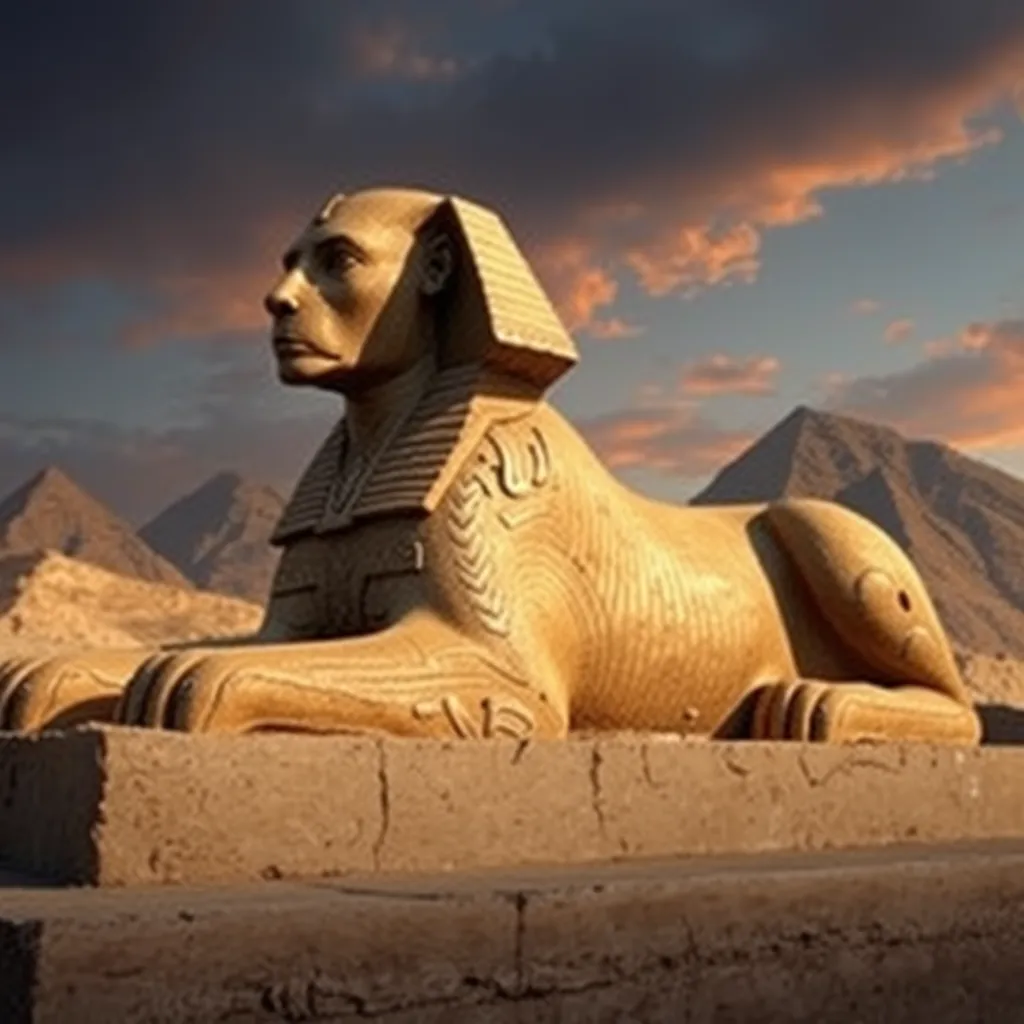Lamia in the Shadows: Exploring the Role of the Serpent Woman in Ancient Rituals
I. Introduction
The mythological figure of Lamia has captivated the imagination of many throughout history. Originally rooted in ancient Greek mythology, Lamia’s story is one of tragedy, transformation, and complexity, echoing the themes of loss and vengeance. She is often depicted as a serpent woman, a representation that intertwines her identity with serpent imagery, which holds significant meaning across various ancient cultures.
The purpose of this article is to explore the multifaceted role of Lamia in ancient rituals, analyzing her symbolism, associations, and the cultural practices that revolved around her. By delving into her mythological background and the significance of serpentine imagery, we can better understand how Lamia was perceived in the context of ancient societies.
II. The Myth of Lamia: Origins and Evolution
Lamia’s origins in Greek mythology trace back to her association with the goddess Hera. According to the myth, Lamia was a beautiful queen of Libya who became a lover of Zeus. Hera, in her jealousy, cursed Lamia, causing her to lose her children. This tragedy transformed Lamia into a vengeful figure who preyed on the children of others, embodying a monstrous archetype.
Over time, Lamia evolved from a tragic figure into a more fearsome entity, often depicted with serpent-like features. Different cultures and texts have provided various interpretations of Lamia, further enriching her mythos. In some accounts, she is seen as a seductress, while in others, she serves as a cautionary tale for mothers and children alike.
III. Symbolism of the Serpent in Mythology
The serpent is a powerful symbol in mythology, often representing duality—both creation and destruction. In many ancient cultures, serpents were revered as symbols of fertility, wisdom, and the cycles of life and death. The connection between serpents and femininity is particularly pronounced, as serpents are frequently associated with female deities and figures.
- Creation and Destruction: The serpent embodies the dual nature of life, representing the potential for both growth and decay.
- Femininity: Serpentine imagery is often linked with feminine power and mystery, reflecting the complexities of womanhood.
- Cultural Interpretations: Ancient rituals involving serpents often emphasized their role in fertility, healing, and protection.
IV. Lamia and the Rituals of Fertility
Lamia’s association with motherhood and fertility is a significant aspect of her mythology. In ancient rituals, Lamia was invoked for blessings related to fertility, childbirth, and agricultural prosperity. Her serpentine form symbolized the life-giving forces of nature, making her a fitting figure in agricultural rites.
Rituals invoking Lamia for fertility blessings often included:
- Offerings of fruits and flowers to appease her spirit.
- Invocations during childbirth to seek her protection and guidance.
- Festivals celebrating the cycles of planting and harvesting, where Lamia was honored as a deity of abundance.
These practices reflected the reverence for Lamia’s role in ensuring the continuity of life and sustenance, underscoring her importance in ancient agricultural societies.
V. Lamia in the Context of Death and the Underworld
Lamia also holds a significant position in the context of death and the afterlife. Her connection to the underworld is evident in various myths where she is portrayed as a guide for souls or an invoker of spirits. This role aligns her with other underworld deities, such as Hecate and Persephone, who also navigate the boundaries between life and death.
In rituals related to death, Lamia was sometimes invoked to:
- Guide the souls of the deceased to the afterlife.
- Invoke protective spirits during funerary rites.
- Facilitate communication between the living and the dead.
These roles highlight Lamia’s dual nature, embodying both nurturing and vengeful aspects, which are common in figures associated with death.
VI. The Role of Lamia in Female Empowerment and Resistance
Lamia serves as a powerful symbol of female rage and vengeance, representing the struggles and resistance of women in ancient societies. Her narrative, marked by tragedy and transformation, allows for an exploration of female empowerment in mythological contexts. In many interpretations, Lamia’s actions against those who wronged her can be seen as a form of reclamation of agency.
In feminist interpretations of mythology, Lamia’s story is often viewed as a reflection of:
- The anger and pain of women who have been wronged.
- The complexities of motherhood and the societal pressures surrounding it.
- The challenge against patriarchal narratives that demonize powerful women.
By examining Lamia’s role in this light, we gain insight into how her myth has been utilized to empower women and challenge traditional gender roles.
VII. Modern Interpretations and Cultural Impact
The legacy of Lamia continues to resonate in contemporary literature and art. Modern interpretations often explore her character in various contexts, reflecting ongoing discussions about femininity, power, and monstrosity. In many works, Lamia is reimagined as a complex character rather than simply a villain.
In modern media and popular culture, Lamia appears in:
- Literature, where she is often portrayed as a tragic hero or anti-heroine.
- Films and television shows that explore themes of empowerment through monstrous femininity.
- Art that reinterprets her image, emphasizing her duality and complexity.
This ongoing fascination with serpentine figures underscores the enduring relevance of Lamia in contemporary discourse, as she embodies the complexities of womanhood and the struggles for agency.
VIII. Conclusion
In conclusion, Lamia’s multifaceted role in ancient rituals reveals the rich tapestry of meanings associated with her character. From her connections to fertility and motherhood to her associations with death and female empowerment, Lamia serves as a powerful symbol in mythology. The exploration of her serpentine imagery highlights the enduring significance of these themes in ancient and modern contexts.
As we reflect on Lamia’s legacy, we recognize the relevance of serpent symbolism in today’s cultural landscape. The complexities of her narrative continue to resonate, inviting further exploration of women’s roles and the power dynamics present in both myth and society.



